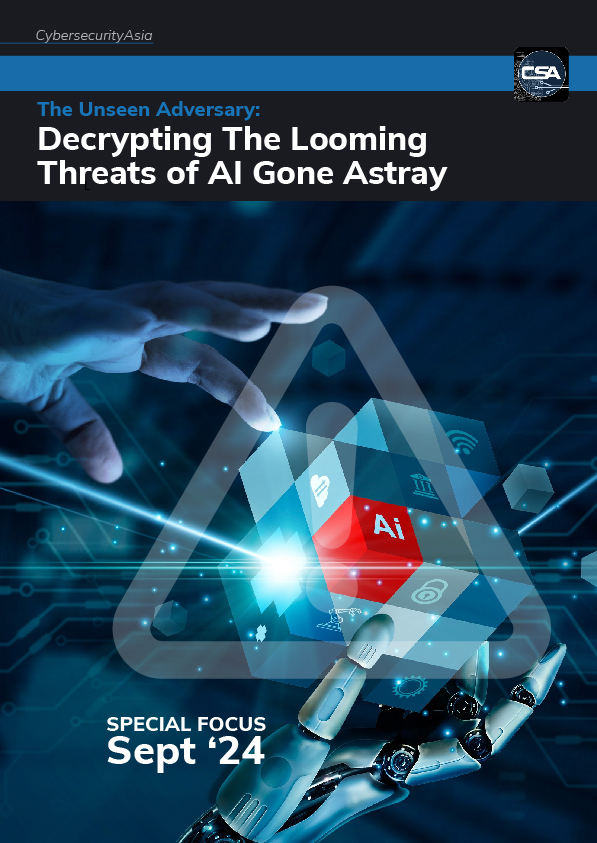Artificial Intelligence (AI) – the golden child of technological advancement – is
increasingly revealing its darker side as time goes on. Hailed as a tool for
progress, it is now becoming a weapon in the hands of malicious actors,
fuelling an unsettling trend: AI-driven cybercrimes.
As
industries worldwide embrace the marvels of AI, a chilling question arises;
have we unleashed a beast too dangerous to control?
The
financial toll of cybercrime is staggering. According to Statista, the global cost of
cybercrime is expected to skyrocket from USD $9.22 trillion in 2024 to an
astronomical USD $13.82 trillion by 2028.
As
more organisations adopt AI-driven solutions, cybercriminals are finding new
vulnerabilities to exploit, using AI to automate phishing attacks, malware
distribution, and even sophisticated ransomware campaigns. The question is no
longer ‘IF’ AI will be used for nefarious purposes, but ‘HOW FAR’ this threat
will go.
More
recently, we’re witnessing an arms race where both sides are harnessing AI –
attackers to breach systems, and defenders to protect them. But can businesses
keep up with this escalating battle? The race intensifies as attackers utilise
AI to automate and refine hacking methods, while defenders deploy AI-powered
tools to detect and mitigate these threats.
And
so, throughout this e-book, we dive into the various ways AI is exacerbating
cyber threats, featuring experts’ hot takes and insights. This is a high-stakes
game of cat and mouse. The unseen adversary that organisations are grappling
with is the fast-evolving AI-driven threat that is transforming the very nature
of cybercrime.
While
AI offers incredible potential for innovation, its dark side cannot be ignored.
As we delve into this matter, we’ll ask the hard questions…
Has
AI already gone too far? What can be done to prevent it from becoming a
double-edged sword in the cybercrime arena?

